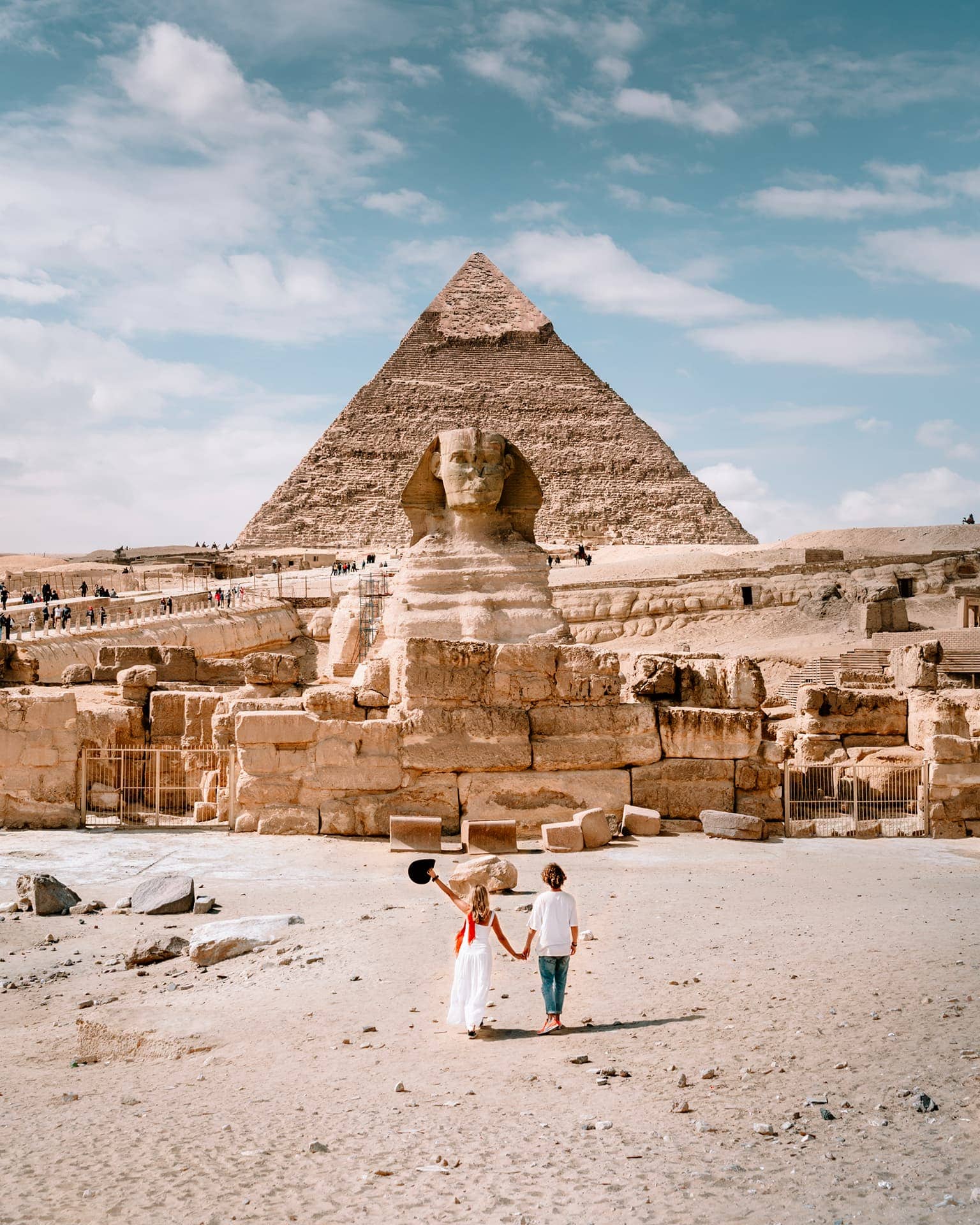The tomb’s architecture is remarkable, with a shaft over 27 meters deep leading to a chamber that housed the queen’s burial objects. Despite the decomposition of organic materials, leaving only dust and tiny fragments, meticulous reconstruction work allowed many objects to be restored to their former glory.
Among the notable findings were large parts of the queen’s burial objects, including gilded furniture, silver jewelry, and a large alabaster sarcophagus. However, the sarcophagus was found empty, and the sealed canopic jar containing the queen’s entrails was intact.
The discovery process itself was extensive and careful. After the initial find, it took two weeks of debris removal to access the burial chamber, which was still sealed since ancient times. The chamber was filled with items, and the floor was covered with gold plates from the gilded furniture.
The chamber was closed again until Reisner could return to Egypt. It was not reopened until January 21, 1926, under his supervision. The recording of every object took over 321 working days, with Dows Dunham playing a significant role in this process.
 English
English











